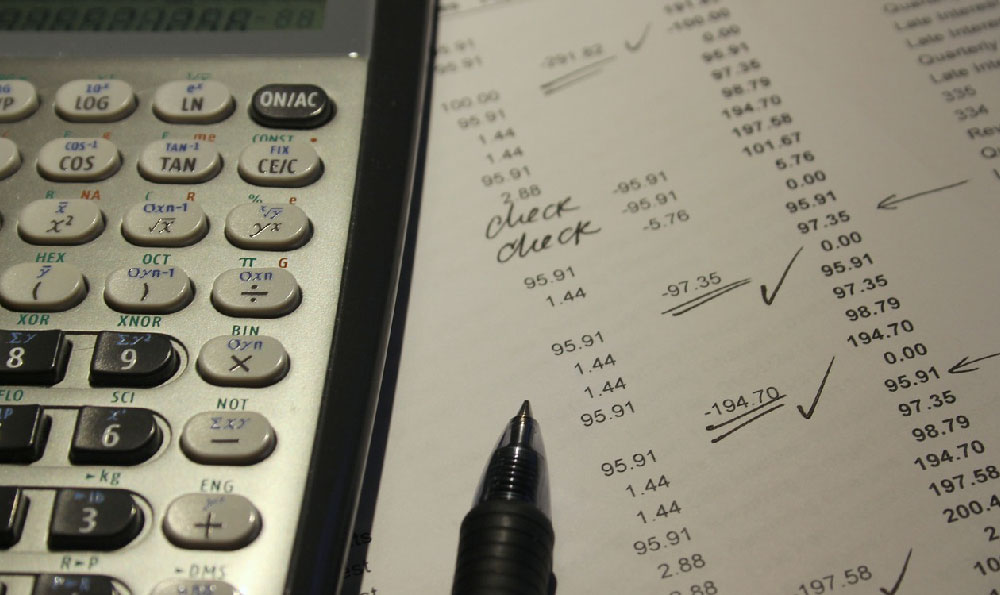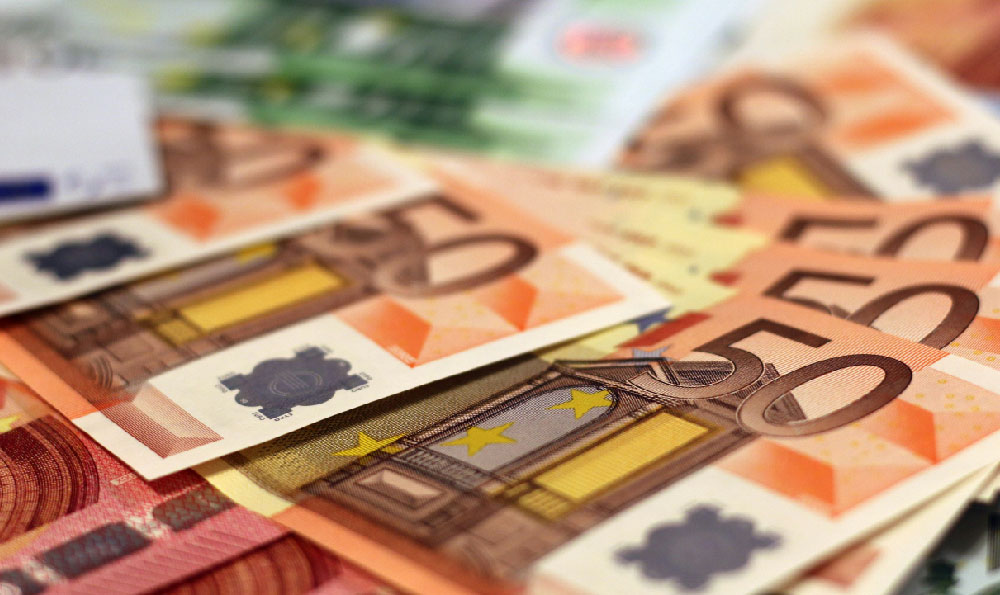Do Dealerships Profit From Financing? How Much?
Yes, dealerships profit from financing, and understanding how much they profit and the mechanics behind it can empower you to negotiate better deals when purchasing a vehicle. Dealerships make money in several ways related to financing, and it's a significant revenue stream for them. Let's break down the primary sources of profit and the approximate figures involved.
One of the most common ways dealerships profit from financing is through interest rate markups. When a customer applies for a car loan, the dealership works with various lenders (banks, credit unions, and captive finance companies like Ford Motor Credit or Toyota Financial Services) to find the best interest rate for the borrower based on their credit score and financial history. The lenders provide the dealership with a "buy rate," which is the actual interest rate the lender is willing to offer the customer. The dealership then has the option to mark up this rate, offering the customer a higher interest rate than the buy rate. The difference between the buy rate and the rate offered to the customer is called the "markup" or "spread," and the dealership keeps this as profit.
How much can this markup be? The amount varies depending on the dealership, the lender, and local regulations. However, a general rule of thumb is that dealerships can mark up the interest rate by 1-4 percentage points, and sometimes even more, especially on used car sales or with customers who have less-than-perfect credit. For example, if a lender offers a buy rate of 5% to the dealership, they might offer the customer a rate of 7% or 8%, keeping the 2-3% difference as profit. Over the life of a multi-year car loan, even a seemingly small percentage point difference can translate into thousands of dollars in extra costs for the consumer, which ends up directly in the dealership's pocket.

The profit margin from interest rate markups is considerable. Consider a $30,000 loan with a 60-month term. A 2% interest rate markup could easily generate $1,500 to $2,000 in profit for the dealership over the loan's life. For a dealership that finances many cars per month, these markups can add up to a substantial revenue stream.
Another source of profit for dealerships comes from financing incentives and bonuses offered by lenders. Lenders often provide incentives to dealerships to encourage them to push their financing options. These incentives can take various forms, such as volume bonuses (where dealerships receive a bonus for financing a certain number of vehicles through a specific lender) or performance-based bonuses (where dealerships are rewarded for achieving certain financing metrics, such as penetration rates – the percentage of customers who finance through the dealership).
These incentives are not always transparent to the customer, making it difficult to quantify precisely how much dealerships earn from them. However, these bonuses can be significant, ranging from a few hundred to a few thousand dollars per vehicle, depending on the agreement between the dealership and the lender. For example, a captive finance company might offer a dealership a $500 bonus for every vehicle financed through them with a specific loan term.
Furthermore, dealerships profit from the sale of ancillary products offered in the finance and insurance (F&I) office. After a customer agrees to purchase a vehicle, they are typically taken to the F&I manager, who presents them with a range of additional products and services, such as extended warranties, gap insurance (guaranteed asset protection), paint protection, fabric protection, and tire and wheel protection. These products are often highly profitable for the dealership, with markups that can exceed 100% or even higher.
While some of these products may offer genuine value to the customer, others may be unnecessary or overpriced. Dealerships heavily incentivize their F&I managers to sell these products, as they represent a significant profit center. For instance, an extended warranty that costs the dealership $1,000 might be sold to the customer for $3,000, generating a $2,000 profit. GAP insurance, which covers the difference between the loan balance and the vehicle's actual cash value in the event of a total loss, can also have substantial markups. The customer needs to be aware of the potential profitability of these products to the dealership and carefully consider whether they are truly needed and competitively priced.
Finally, dealerships can receive a "participation" fee from the lender. This fee is essentially a commission paid by the lender to the dealership for originating the loan. The participation fee is usually calculated as a percentage of the loan amount and can range from 0.5% to 2% or more, depending on the lender and the deal. For example, on a $30,000 loan, a 1% participation fee would generate $300 in revenue for the dealership.
Understanding these various sources of profit empowers consumers to negotiate more effectively. Here are some tips:
-
Shop around for financing: Don't just rely on the dealership's financing options. Get pre-approved for a car loan from your bank or credit union before visiting the dealership. This gives you a baseline interest rate and terms to compare against the dealership's offer.
-
Negotiate the interest rate: Don't be afraid to negotiate the interest rate offered by the dealership. Let them know that you've already been pre-approved for a lower rate elsewhere and ask them to match or beat it.
-
Decline unnecessary add-ons: Carefully evaluate the value of the ancillary products offered by the F&I manager. If you don't need them or can find them cheaper elsewhere, don't hesitate to decline them.
-
Understand the loan terms: Make sure you fully understand the loan terms, including the interest rate, loan term, and any fees. Ask questions and don't feel pressured to sign anything until you're comfortable with the agreement.
-
Focus on the out-the-door price: When negotiating the price of the vehicle, focus on the total out-the-door price, including taxes, fees, and any add-ons. This will give you a clearer picture of the overall cost of the purchase.
In conclusion, dealerships do profit significantly from financing through interest rate markups, lender incentives, the sale of ancillary products, and participation fees. By understanding these profit centers and employing effective negotiation strategies, consumers can potentially save thousands of dollars on their car purchases. Knowledge is power in the car-buying process, and being an informed consumer is the best way to protect your financial interests.















